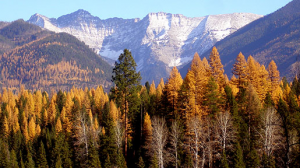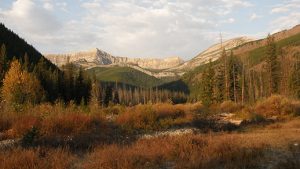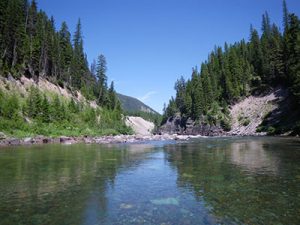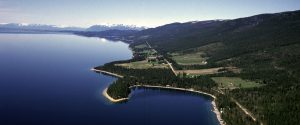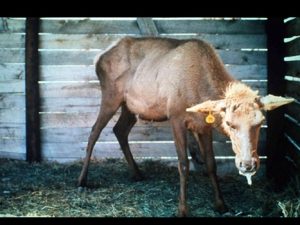
One has to wonder if there’s a connection between the administrative uproar over a pilot program to combat invasive mussels in Flathead Lake and the defunding for supposed budgetary reasons of the organization tasked to oversee the program.
Anyway, here’s a good summary of the situation as it stands right now . . .
A legislatively mandated program aimed at enhancing protection from invasive mussels entering the Flathead Basin is beset with challenges as the group charged with implementing the plan has had its budget dissolved, while two state agencies say its key provisions cannot legally be implemented.
As part of House Bill 622, a bill introduced by four Flathead lawmakers, the Legislature gave the Flathead Basin Commission authority to establish and manage the Upper Columbia aquatic invasive species (AIS) pilot program. The program would add more certification stations in the Flathead Basin, track vessels that require decontamination, and add the use of automated inspection and detection devices.
The pilot program would have been paid for by requiring boat owners launching boats in the basin to purchase a sticker, which was expected to raise between $1 million and $1.5 million and pay for additional inspection stations.


